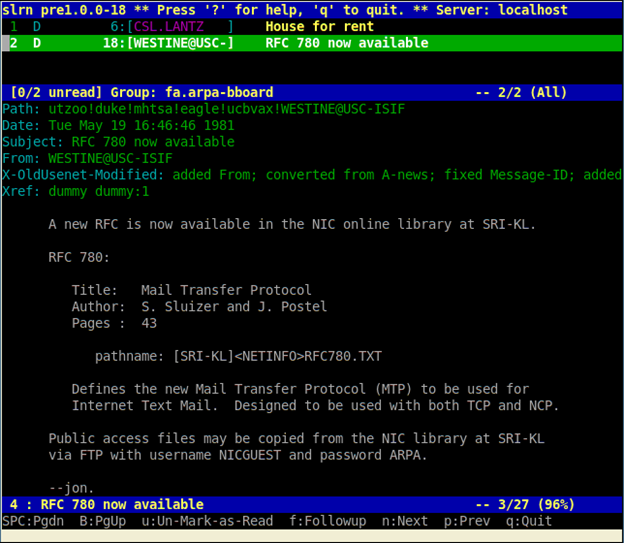Secure by Design: Announcing the Netsparker Webinar Series
Developing web applications first and securing them later is no longer a realistic approach. Organizations urgently need to move from testing only deployed applications to incorporating security from the earliest stages of development. Netsparker presents a three-part webinar series to help you make your web applications secure by design.
Your Information will be kept private.
Your Information will be kept private.

Developing web applications first and securing them later is no longer a realistic approach. As more and more critical software is web-based, organizations urgently need to move from testing only deployed applications to incorporating security from the earliest stages of development. Netsparker presents a three-part webinar series to help you make your web applications secure by design.
Why You Need to Be Secure by Design
The cost of a web application vulnerability that makes it into production can be enormous, from the extra work required to find and fix the bug to the wider business consequences of a data breach or other cyberattack if the issue is exploited. The opposite is also true: the earlier you can spot and eliminate security issues, the easier and cheaper they are to resolve. This is the reasoning behind shifting left, or moving security from testing to earlier stages of the software development lifecycle (SDLC).
While this makes sense on paper, shifting security left in the real world is a slow and difficult process that requires fundamental changes to the entire software development workflow and culture. To start making software more secure right now, you need a more practical approach, which is why we prefer to talk about making the application development process secure by design.
To help you start on this journey, we’ve prepared Secure by Design – a three-part webinar series starting October 22nd that covers three main areas of web application development security.
Part 1: Web Application Security Essentials
Secure applications start with secure code, so any serious web security program needs to start with the right training for developers. Of course, developers can’t be expected to know every single type of vulnerability and keep up with all the latest threats – that’s the job of security experts. However, every web developer needs to know about the most common vulnerabilities and ways of avoiding them. By following a handful of basic guidelines, developers can eliminate many attack vectors and greatly reduce the number of vulnerabilities downstream.
Aimed at both security professionals and developers, the first part of the webinar series will help you recognize vulnerable constructs to avoid introducing basic vulnerabilities such as SQL injection and cross-site scripting (XSS). This is essential not just to prevent vulnerabilities but also to build up a common vocabulary that developers and security teams can use to communicate efficiently and quickly fix issues.
Part 2: Incorporating Security Into Web Application Development
To be truly effective, web security tools and processes must be tightly integrated into the development pipeline. Ideally, each security issue should be addressed as early as possible to prevent delays and minimize communication overhead. Automation is also vital to take the load off the security team and take full advantage of modern tools that are already available. Even so, a staggering number of organizations still only run vulnerability testing on complete builds or even deployed applications and struggle with ineffective manual workflows.
In the second webinar of the series, you will learn about the benefits of incorporating application security testing into the SDLC and automating manual tasks related to confirming vulnerabilities, assigning developer tickets, and retesting fixes. You will also see how modern dynamic application security testing (DAST) tools can be integrated at any stage of the development pipeline to maximize security and efficiency.
Part 3: Boost Web Vulnerability Management with Prioritization and Visibility
Finding vulnerabilities is one thing, but how do you prioritize if you have hundreds of issues to deal with? How do you know which of them are business-critical and which can wait a little longer? In large environments, you can’t fix everything at once, so accurate prioritization becomes a crucial part of security management. To make informed decisions, you need the right tools to provide a complete and up-to-date view of your web security posture.
In part three of this webinar series, Netsparker has teamed up with Kenna Security, a leader in cyberrisk awareness, to present current best practices in vulnerability management. You will also learn how to gain visibility into the true state of your web application security and see why intelligent prioritization is so important for effective vulnerability management.
Register Now for Secure by Design
In the past, application security was often treated as an afterthought and security testing was performed late in the development process. As organizations worldwide continue moving to web technologies and the cloud, ensuring web application security has become a major business concern and a serious technical challenge.
At Netsparker, we have always advocated including security considerations at all stages of the application development process, from the first line of code to the final release. We hope you will join us for this webinar series to learn what it means to be secure by design:
| Part 1: Web Application Security Essentials | Oct 22nd, 2020, 1:00 p.m. (CDT) |
| Part 2: Incorporating Security into Web Application Development | Oct 29th, 2020, 1:00 p.m. (CDT) |
| Part 3: Boost Web Vulnerability Management with Prioritization and Visibility | Nov 5th, 2020, 1:00 p.m. (CST) |





